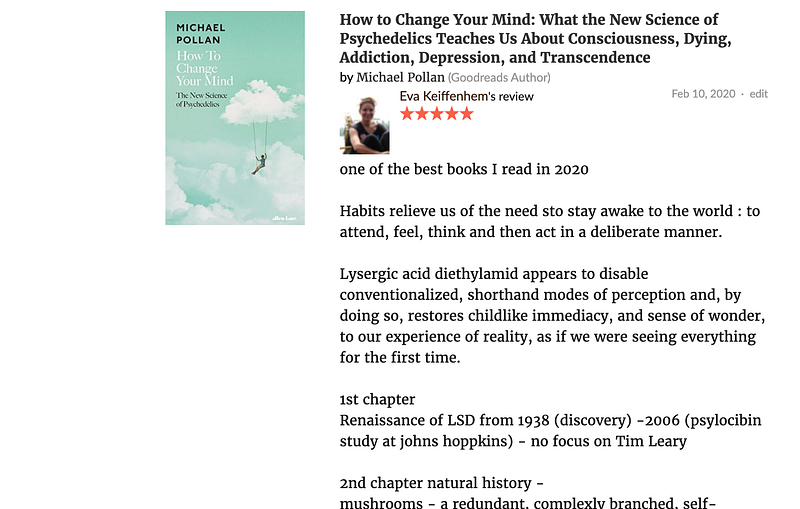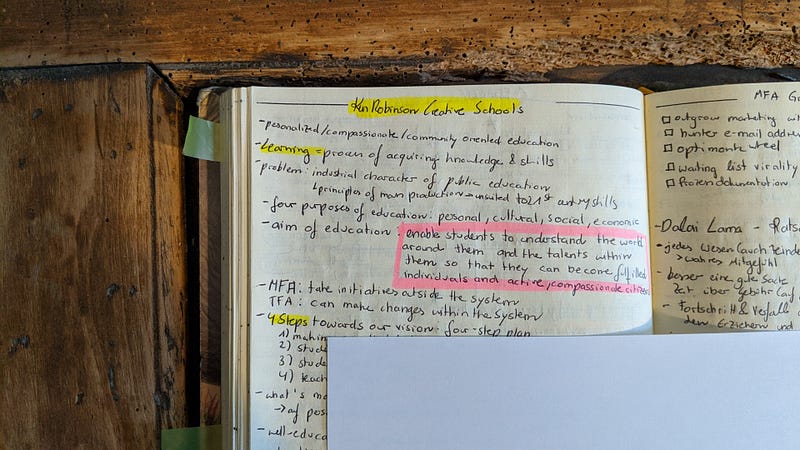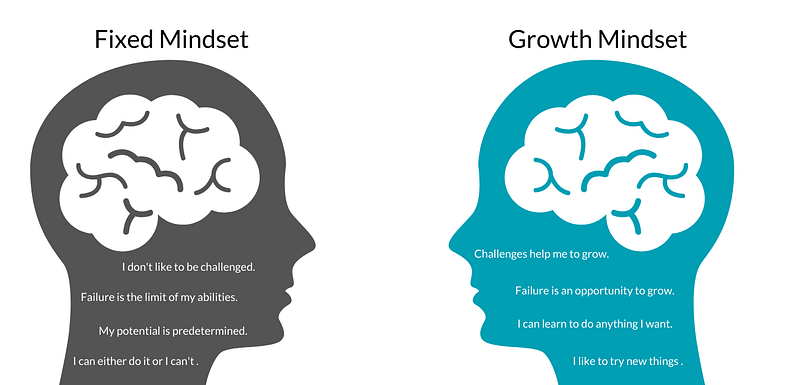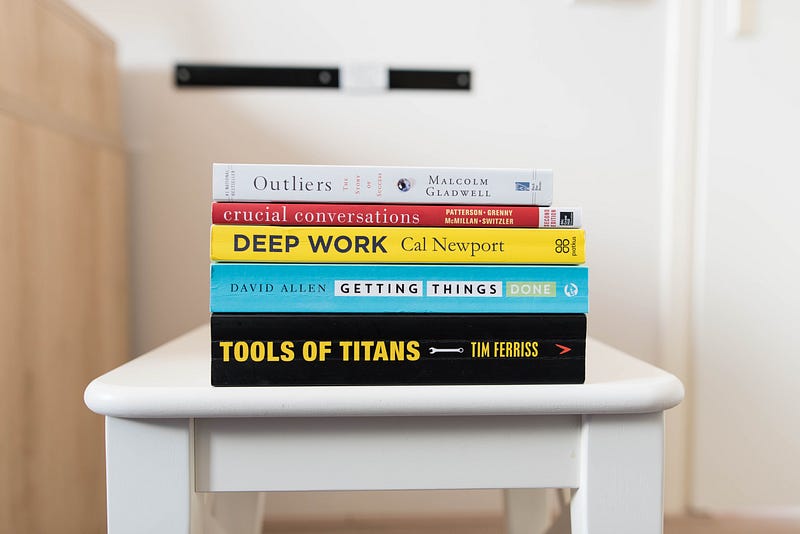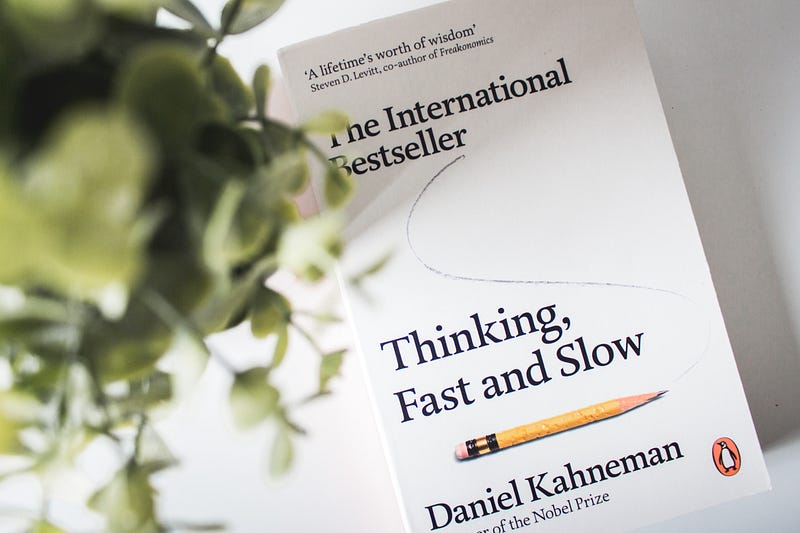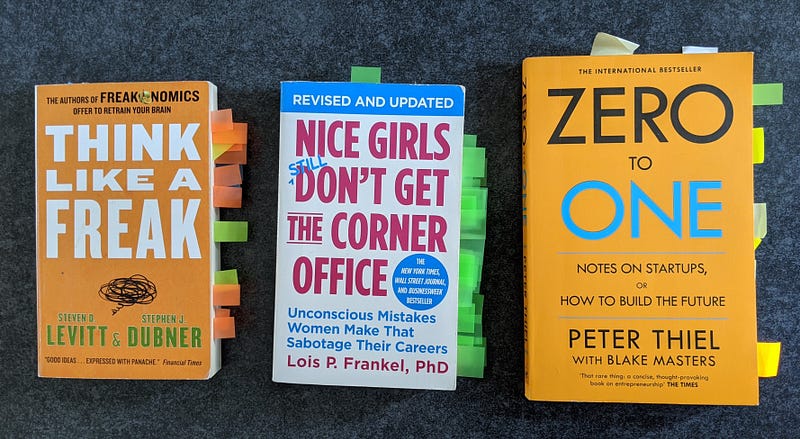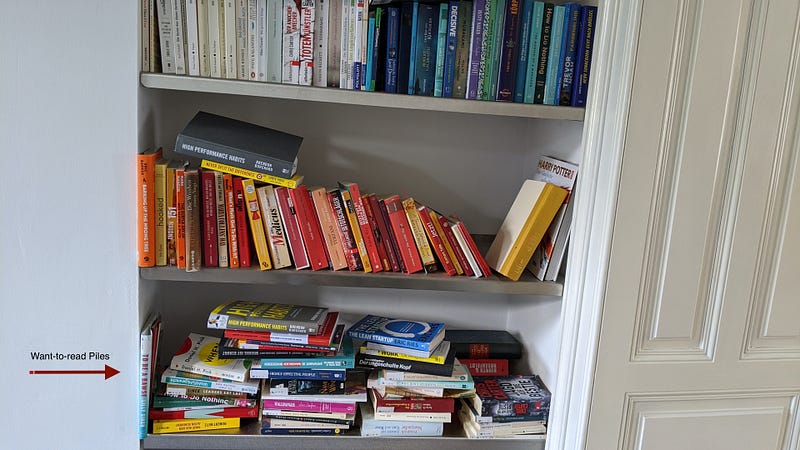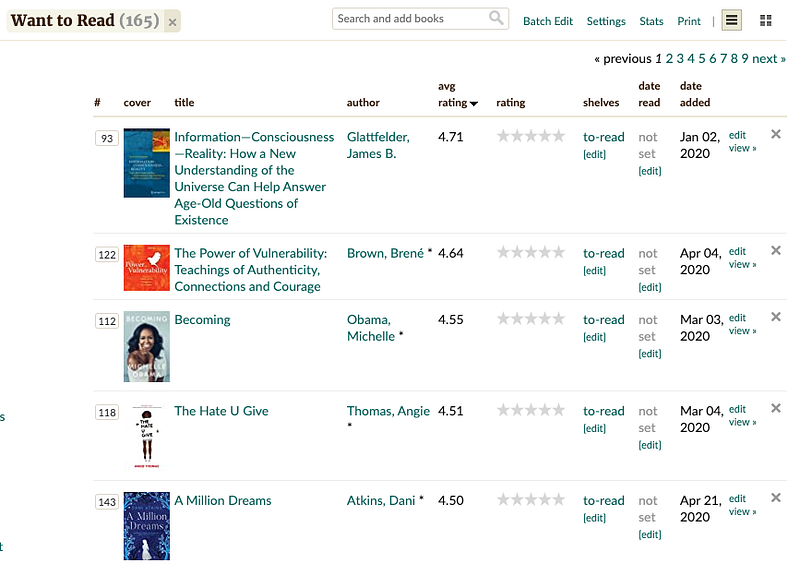The four principles of ultralearning.

In 2014, Scott H. Young embarked on a controversial project.
He completed the MIT undergraduate computer science curriculum at 4x speed. Instead of the typical four years, he passed all final exams in less than 12 months.
Some people praise his results as the ultralearning experience.
Others are more skeptical as Scott transformed his MIT challenge into lucrative blogs and books. Here’s a question some people ask:
Is Scott a sneaky marketer or one of the most efficient life-long learners?
And while I’ll share my opinion at the end of this article, the answer doesn’t really matter. What matters is what we can learn from his learning journey.
These are Scott’s tips on how to become an ultralearner and quadruple your learning efficiency.
Use directness to improve learning effectiveness
Learning in formal settings is often ineffective because it’s distant from the actual application. Let’s take an example.
Imagine you’re a frequent flier. Before every start, you watch the video of a flight attendant putting on the life vest. You watch the video again and again.
But as this study shows, actually putting on the inflatable life vest a single time would be more valuable than repeatedly watching another person doing it. You acquire true mastery by performing the procedure yourself.
Social climber Dale Carnegie used to say knowledge isn’t power until it’s applied. And it’s true.
Don’t spend your time on tasks far away from your end goal. If you want to write online articles, don’t spend time watching a masterclass on how to write a book. Foster a bias towards direct action.
The directness principle is a powerful way to make learning more efficient.
How to do it:
What’s your end goal behind learning?
Let’s say you want to learn writing. What do you want to use it for? Is it for writing a novel? Then start learning to write by writing a novel. Is it for earning an extra income? Then start studying submission guidelines for paid online platforms and pitch your articles there.
Whatever you learn, focus on your true end-goal and pick a practice that’s as close to it as possible.
Feynman’s technique helps you remember anything
Nobel Prize-winning physicist Richard Feynman (1918–1988) was an expert for remembering what he learned — by teaching.
Teaching is the most effective way to embed information in your mind. Plus, it’s an easy way to check whether you’ve remembered what you learned.
Because before you teach, you have to take several steps: filter relevant information, organize this information, and use your own vocabulary to paraphrase the concepts.
Feynman mastered this process like no other. The people of his time knew him for explaining the most complex processes in the simplest language. They nicknamed Feynman “The Great Explainer.”
Bill Gates was so inspired by his pedagogy that he even named Feynman “the greatest teacher I never had.”
How to do it:
The Feynman Technique consists of three simple steps:
- Summarize whatever you want to learn on a blank page.
- Explain what you learned in plain, simple language as if you were talking to a child.
- Identify your knowledge gaps and revisit the concepts whenever you’re stuck circle back to your knowledge source.
- Reread what you forgot to mention and add it to your explanation.
By following this technique, your learning by ‘first principles’ instead of superficial memorization.
“The person who says he knows what he thinks but cannot express it usually does not know what he thinks.”
— Mortimer J. Adler
Create a meta-learning map
No life skill can earn you greater dividends than learning how to learn. Yet, most people don’t know how to master meta-learning.
Meanwhile, taking responsibility for your learning is one of the most important undertakings you can manage.
Your meta-learning map serves as a knowledge tree for your practice and will help you learn better. Scott Young, the author of ultralearning, says a meta-learning map should contain three key items:
- Concepts: Anything that needs to be understood.
- Facts: Anything that needs to be memorized.
- Procedures: Anything that needs to be practiced.
How to do it:
Make a learning map before you dive into any specific skill.
If you want to write paid articles, don’t start by practicing headlines. Instead, list all the things you need to acquire, like style, editing, storytelling, research, headlines, and a solid idea-to-paper process.
Unsure how to start the map? Find people who mastered the skill you want to learn and ask them about their learning paths.
Do you want to publish a bestselling non-fiction novel? Craft personal, short e-mails and send them to Malcolm Gladwell, Brené Brown, Nicolas Cole, James Clear, and all the other successful authors. Ask them about the core skills they needed to master. Then, start drafting your own map.
Unlock the power of self-testing
Many people feel traumatized when they think of formal test settings. But testing can be a powerful tool to improve the way we learn.
Because self-testing helps us overcome the illusion of knowledge and shows us whether we truly mastered the subject at hand. Plus, self-testing helps to identify knowledge gaps and brings weak areas to the light.
Even if you don’t get the right answer, the process facilitates remembering the correct answer. In almost all cases, it’s better to solve a problem than memorizing a solution.
Use the testing process to learn more as you go along. Always test yourself before you feel confident and push yourself to recall information, not just review it.
How to do it:
My favorite testing techniques include flashcards with a built-in spaced repetition feature (like Anki for anything, readwise for books, podcasts, highlights, or lingvist for languages).
Apart from flashcards, you can also use free recall. After reading something, try to write down everything you can remember, then use the source material to fill the gaps you missed. After your session, sit down with a piece of blank paper. Challenge yourself to list everything you can remember from what you’ve learned in as much detail as possible.
A third alternative includes the question-book method. Here you write down questions that test the content and answer these questions whenever you revisit the source. Ali Abdaal explains the active recall method in one of his learning videos.
Did Scott Young really finish the MIT curriculum?
Yes and no.
Yes, because he achieved his goal of ‘just wanting to learn more about Computer Science.’
No, because he self-graded his exams, skipped advanced course modules, and replaced peer-projects with less intense modules.
There are plenty of discussions that shed more light on Young’s underlying assumptions. And meanwhile, he also shared a critical reflection on his learning path.
But there’s a more important lesson here: With the right tools, learning any new skill is possible.
Sign up for free to the Learner’s Letter to get weekly insights on reading, learning, and growth.



